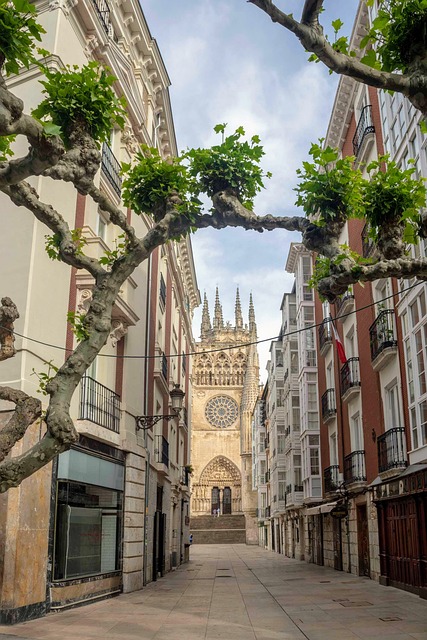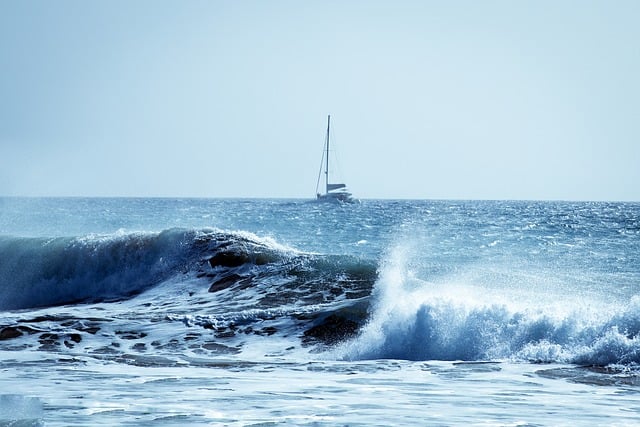Geographical Location of Tenerife
Tenerife is the largest island of the Canary Islands archipelago. It is located in the Atlantic Ocean, approximately 100 kilometers west of the coast of North Africa. However, despite its geographical proximity to Africa, Tenerife does not belong to any African country. It is part of the territory of a European country.
Political Affiliation
Tenerife is part of Spain. The Canary Islands, including Tenerife, are one of the autonomous communities of this European monarchy. Tenerife and the other islands have the status of an autonomous community of Spain, which means they enjoy a certain degree of administrative independence. Nevertheless, ultimate authority is held by the government in Madrid.
Culture and Language
In Tenerife, as well as in the entire Canary Islands, the official language is Spanish. The culture of the island is greatly influenced by Spanish traditions, although there are also clear local influences and elements related to the island’s proximity to Africa. The island’s residents cherish local traditions and customs, which enrich Spanish culture.
Economy and Tourism
Tenerife attracts tourists from all over the world with its diverse landscapes and mild climate. The island offers beautiful beaches as well as mountain trails amidst volcanic landscapes. Tourism is one of the key sectors of the island’s economy. In addition to tourism, Tenerife’s economy is also influenced by agriculture, including the cultivation of bananas, vegetables, and livestock farming.
Autonomy and Strategic Significance
The Canary Islands have their capital in Santa Cruz de Tenerife, which shares this title with Las Palmas de Gran Canaria. Due to their strategic position in the Atlantic Ocean, the Canary Islands, including Tenerife, have played a key role in Spain’s history as a transit point between Europe and the New World.
Cultural and Natural Significance
Tenerife is not only a popular tourist destination but also a place rich in fauna and flora. Mount Teide, the highest peak in Spain, is one of the island’s greatest natural attractions, drawing many nature enthusiasts. The Teide National Park is listed as a UNESCO World Heritage site, making it even more attractive to visitors.



